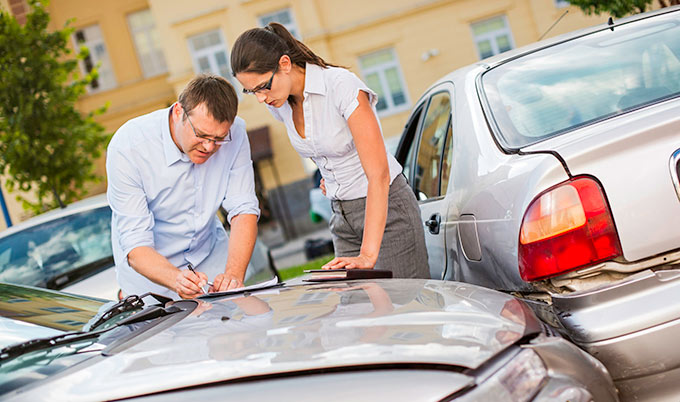If you’re ever unlucky enough to experience a car accident, then you’ll need to know how to address the situation.
One of the most important steps in this process is collecting evidence by documenting the accident scene. Doing this thoroughly is critical to accurately depicting what happened and helping your insurance company determine who is at fault.
Should the other driver be to blame, then you’ll want to prove that they caused the accident. This will allow you to seek compensation for your damages and avoid being wrongly blamed.
Unfortunately, the aftermath of a car crash is shocking and this can cause you to freeze up. To avoid this, you should understand how to collect evidence so you can take action without needing to think for long.
We’ll give you a few great tips for gathering evidence below to help you create the best case possible.
Contents
Identifying Information
The first thing you need to collect is identifying information.
This is an important step that it’s easy to make a mistake on. You might forget to collect a piece of information or perhaps you write it down incorrectly.
The more identifying information that you have, the better chances you have of contacting the right parties. Speaking of which, you’ll want to know what identifying info you’ll want to collect.
At a bare minimum, you’ll want to gather the other driver’s name, address, email and/or phone number, their license plate number, their car make and model, who their insurance is provided by, their insurance policy number, and contact info for their insurance.
As you can see, that’s already a tall task. However, you need to write this information down accurately to ensure you aren’t on the hook for repairing your car.
If you want to feel even more secure, you should also consider gathering the contact information of witnesses, the color and model year of the other vehicle, and the other party’s driver’s license number.
Detailed Photos
You’ll also want highly-detailed photos showing as much of the scene as possible.
Taking a picture of your car’s damage is fairly obvious, but a photo of that alone won’t show what caused it. Instead, you need to do your best to create a 360-degree recreation of the scene.
This means taking photos of every angle, all relevant objects and cars, and the street layout. Feel free to go overboard because more photos will only help your situation.
While you won’t likely have a digital camera with you, a smartphone camera will also do just fine. It’s very difficult to envision what caused an accident in some scenarios, so pictures are vital for illustrating what happened.
Keep this in mind and take pictures so you can place yourself at the scene just by looking at the photos.
Injury and Treatment Records
Another few pieces of evidence to gather are any injury and treatment records stemming from the accident.
This information is necessary for determining the extent of the damage caused by the accident. Property damage to your car is certainly grounds for coverage by a responsible party, but compensation for your medical treatment is also fair game.
Another aspect of this is determining the pain and suffering you experience from an accident. Generally speaking, the worse your injuries are, the greater your pain and suffering are. As a result, you’ll be eligible for increased reparations.
Before this can happen, you need to prove how much damage the car crash caused you. This is done through medical records for injuries sustained as a result of the accident.
Dashcam Footage
Lastly, you should prepare dashcam footage if you have it.
You can also take this as a reminder to purchase a dashcam if you don’t yet have one. They’re extremely affordable, simple to set up, and can save you thousands of dollars by proving the fault of another driver.
A dashcam is placed on your windshield and captures video footage of the road in front of you. You can also find dashcams for your rear windshield to provide front and back coverage.
We mentioned above that pictures are excellent for depicting what happened at the scene, but what could be better than a tape of exactly what happened? That’s what you’ll get with a dashcam.
Most dashcams operate by automatically erasing irrelevant footage to save memory space. When an accident happens, it saves the clip so that you can access it later. Make sure to download and save this footage so that you can use it for your case.
Closing Thoughts
Car accidents are stressful and shocking experiences, but they can be managed if you are prepared. This entails understanding how to collect evidence of the accident, both at the scene and in how it affects you afterward.
A few tips for gathering evidence include writing down as much identifying information as you can, taking dozens of photos of all angles and relevant scenery, saving injury and treatment records, and having a dashcam so you can retrieve video footage of the accident.
Hopefully, you never need to deal with a car crash. If one does happen to you, just remember to stay calm and document the accident as best as you can!

Leave a Reply